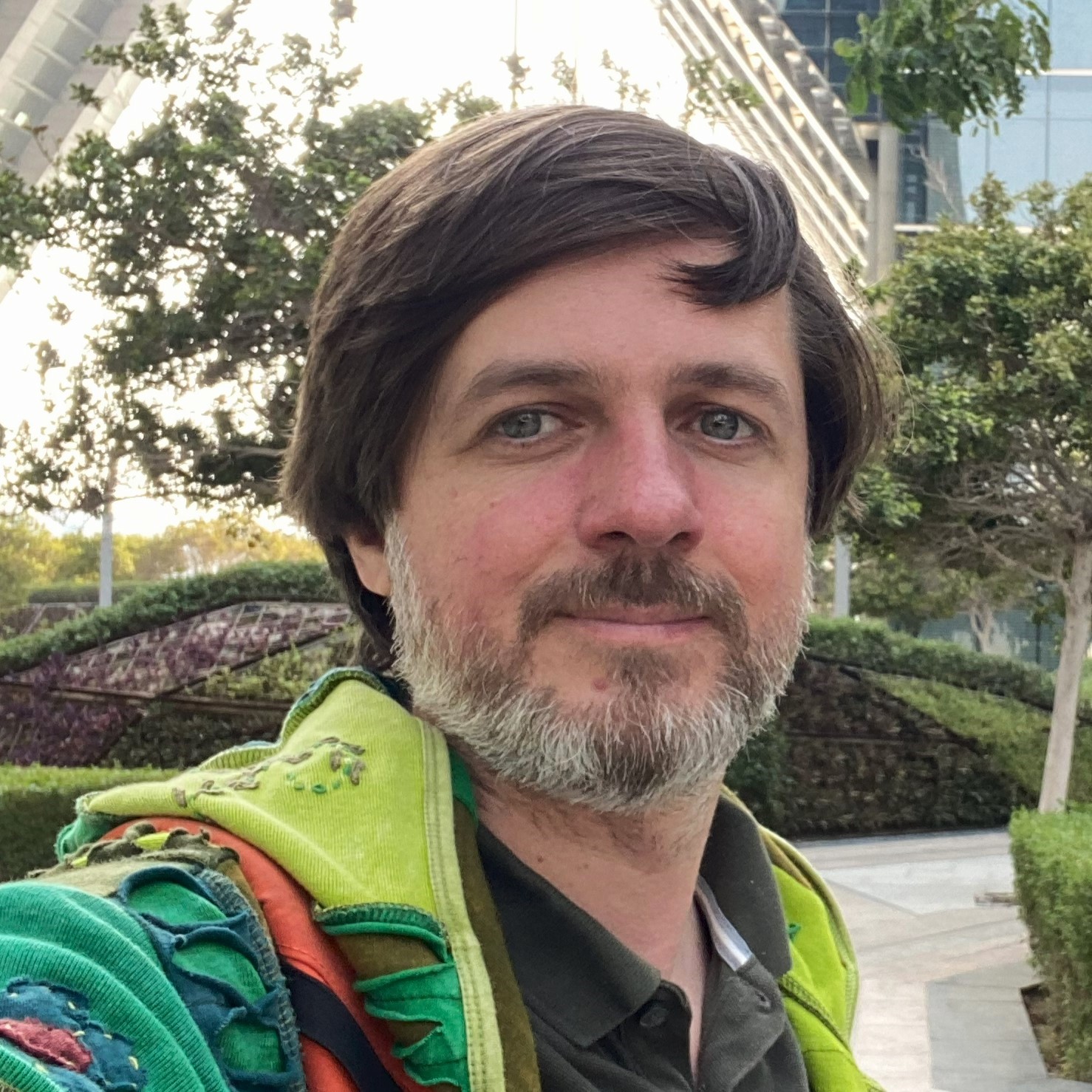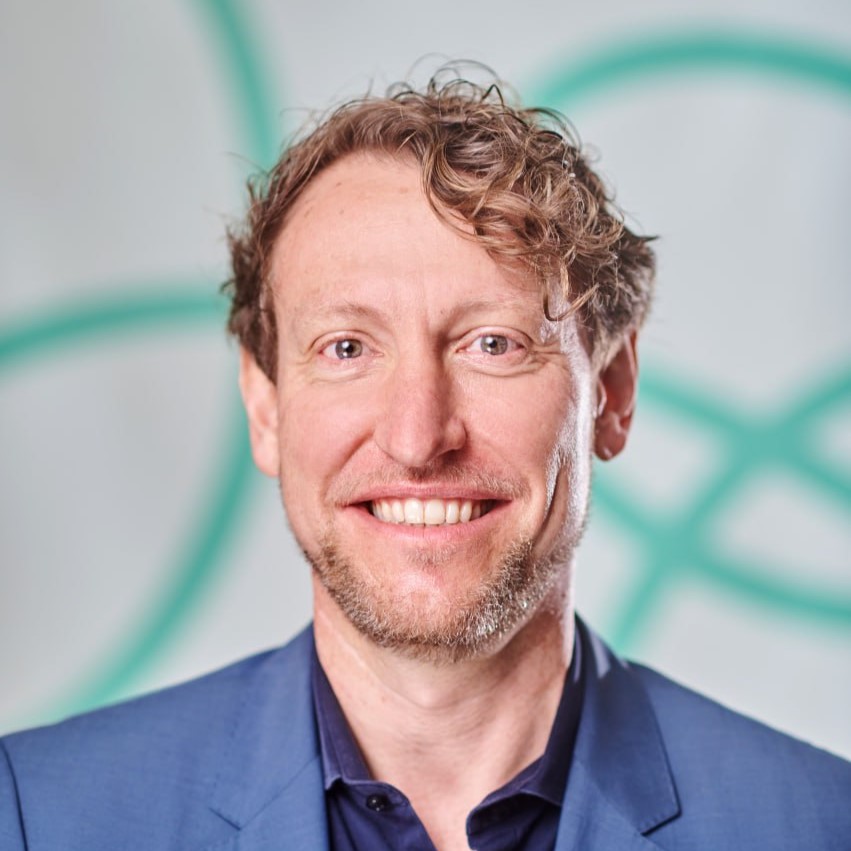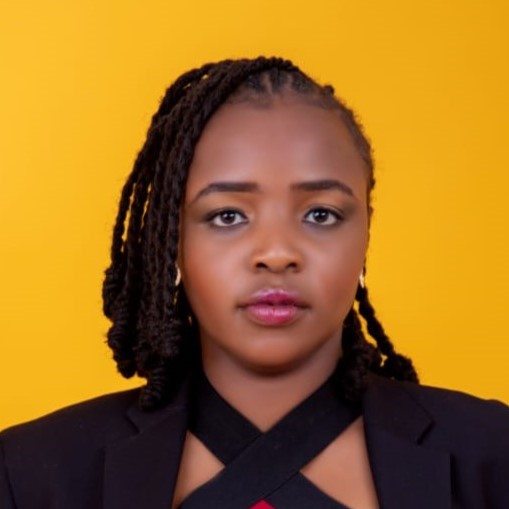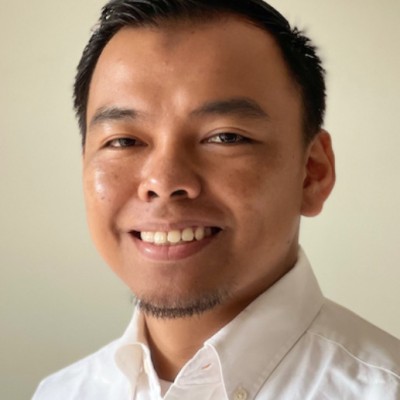About Vlinder
Vlinder restores mangroves with local communities, developing nature-based projects that benefit people and the planet while securing long-term value for investors.
We generate high-integrity carbon credits, reinvest in local livelihoods, and align economic opportunity with long-term conservation, creating scalable solutions with measurable, lasting impact.
Working across Africa and Asia, Vlinder has restored more than 1,600 hectares of mangroves, planted over 5 million trees, and supported more than 3,000 livelihoods, with 35,000 hectares in our pipeline for future restoration.
News
There are not enough carbon removals*
10 billion tCO2
needed each year to keep warming within 2°C
1.5 billion tCO2 / year
companies net-zero commitments
0.03 billion tCO2 / year
of verified carbon removals produced today
Our model
Vlinder co-designs restoration projects with communities to align with their priorities, support sustainable livelihoods, and create local ownership. This is a community meeting in Kenya to discuss mangrove restoration plans and the carbon certification process.
We integrate indigenous knowledge with top-tier environmental science and tech-enabled monitoring. This mangrove nursery in Indonesia, managed by community members, brings together local expertise and scientific approaches.
Vlinder structures investable projects and mobilizes capital committed to impact and equity, ensuring fair and transparent benefit sharing. This is community mangrove planting in Myanmar that restores ecosystems and supports livelihoods.
We plant around the world
Beyond carbon, mangrove restoration is a vital investment in the resilience of coastal communities.
Our portfolio & Pipeline
ha area
tCO2 removals
people benefit
We choose mangroves
The carbon stored in coastal and marine ecosystems — mangroves, tidal marshes and seagrasses — is called blue carbon.
The mangrove forest is the most productive carbon capture and storage ecosystem on Earth: it sequesters up to five times more CO2 from the atmosphere than any other forest.
Blue carbon is highly valued: It effectively addresses climate change and secures social and environmental co-benefits. Mangroves are a shield from tsunamis and floods, provide habitat for marine life, and generate new revenue streams for communities.
Team
Our hybrid, scalable operating model combines global expertise with local insights. The centralized team brings knowledge of carbon markets, nature-based reforestation projects, and connections to a diverse network of global funders, and academia. Local partners contribute their expertise in community engagement, local biodiversity and ecology, cultural understanding, livelihoods, and government relations. Together, we deliver scalable blue carbon projects that integrate global best practices with local knowledge.

Holly Elgar
Technical and Knowledge Lead
Marine scientist with focus on socioeconomic impact
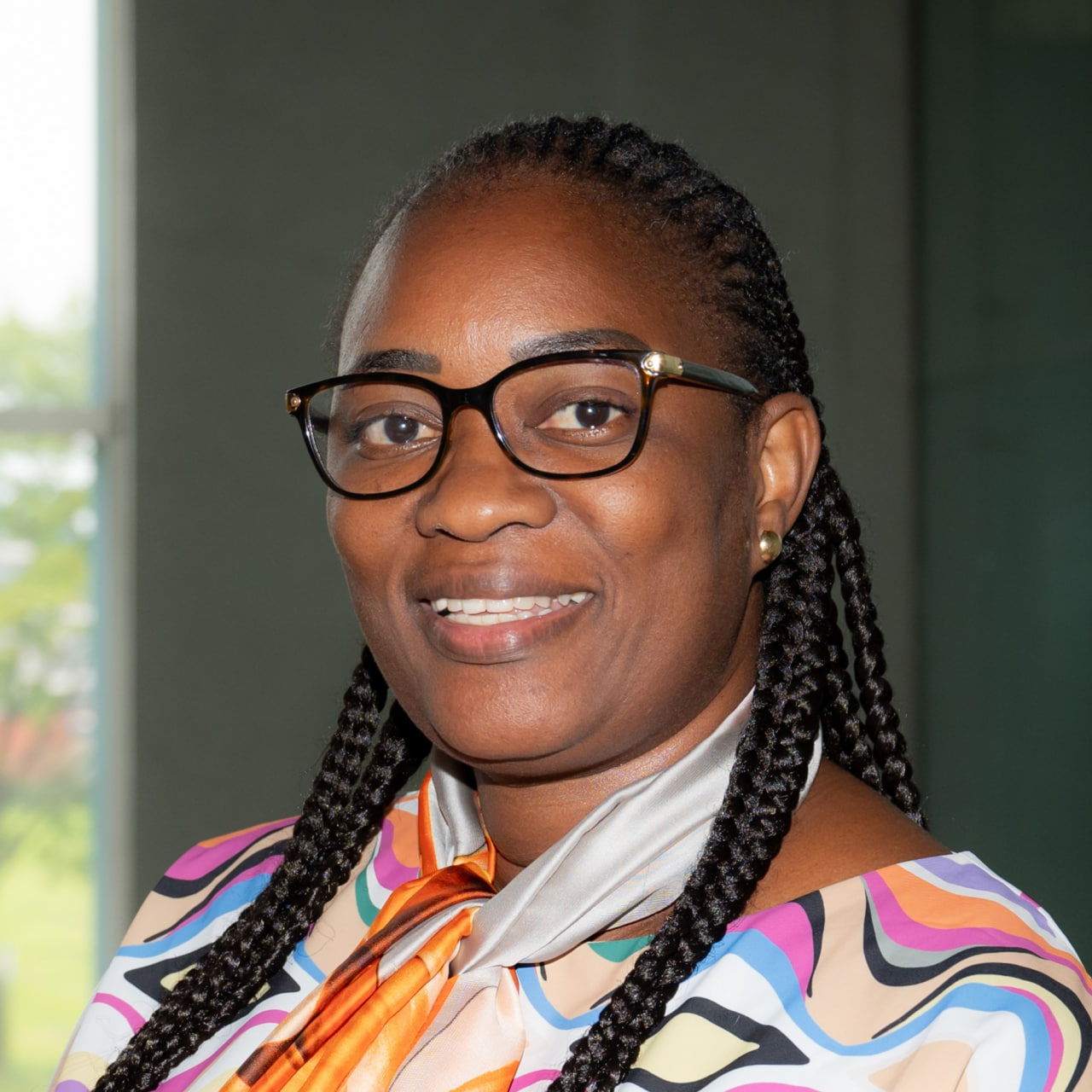
Aminata Loum
Implementation Lead - Senegal
Project Officer, Advisor to the Minister of Economy, Planning & Cooperation of Senegal
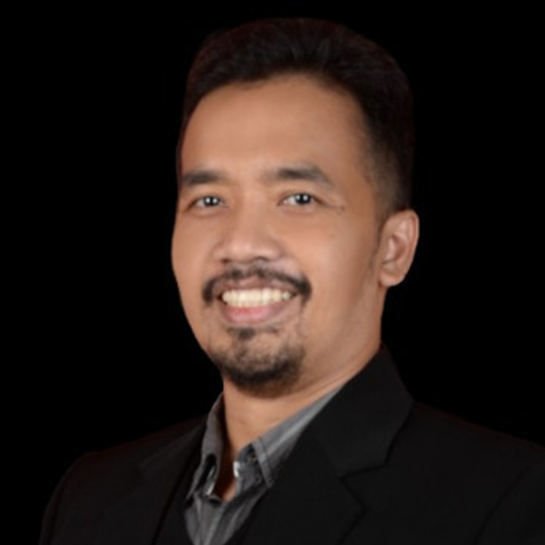
Galih Prasetya
Implementation Lead - Indonesia
Operations manager, mangrove and carbon project expert
We secure quality
We see high-quality carbon solutions as complementary to decarbonization of the economy and critical for achieving the Paris Agreement goals.
Every project we develop or support puts local communities in the center and contributes to several UN Sustainable Development Goals.
We share at least 50% of received carbon credits with local stakeholders. This ensures the long-term sustainability of a carbon project and the effectiveness of an offset as means of climate action.
Climate impact
We verifiy our projects by the leading global carbon standards. We also perform additional audits.
Social impact
We ensure projects provide upskilling and jobs, promote gender equity and inclusivity, and create additional sustainable livelihoods for local communities.
Environmental impact
Our projects create biodiverse habitats - nurseries for fish, marine life and coral reefs, birds and animals.

